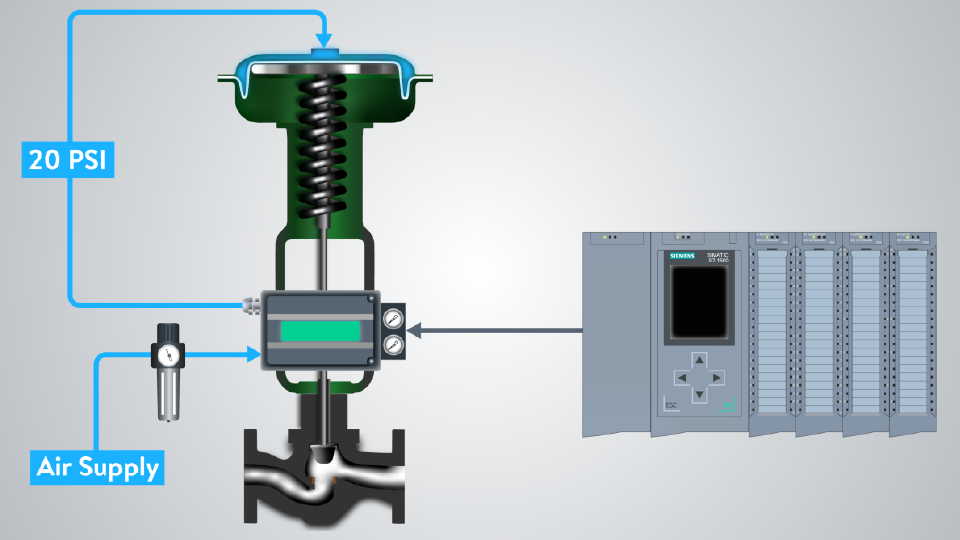Achieve Seamless Combination and Control With Quality Structure Automation Controls
In the realm of modern-day structure management, the importance of quality building automation controls can not be overstated. As technology continues to advancement, the combination and control of various systems within a structure have actually progressed to be much more innovative and efficient. The seamless operation and monitoring of lighting, HEATING AND COOLING, protection, and other structure features have actually come to be vital for enhancing resident comfort, power efficiency, and general functional performance. The journey in the direction of accomplishing real integration and control is a complex one, with considerations ranging from system compatibility to cybersecurity. Embracing quality building automation controls is not simply an issue of convenience but a tactical critical for organizations intending to enhance their facilities' efficiency and sustainability.

Advancement of Building Automation Controls
Throughout the past couple of years, the advancement of building automation controls has actually dramatically changed the way buildings are managed and run. Initially, developing automation systems mostly concentrated on standard functions such as regulating home heating, air, and air flow conditioning (HEATING AND COOLING) systems. Nevertheless, as innovation advanced, these controls have come to be much more innovative, permitting a broader variety of structure systems to be integrated and handled centrally.
The advancement of building automation controls has seen a shift towards even more intelligent systems that can adapt to transforming conditions in real-time. This flexibility is essential for enhancing power efficiency and ensuring resident convenience. Additionally, contemporary building automation controls currently offer attributes such as predictive upkeep, remote tracking, and data analytics, enabling center managers to make data-driven choices to enhance structure efficiency.

Benefits of Quality Combination
The innovation in structure automation regulates in the direction of even more intelligent systems has emphasized the considerable benefits of high quality integration in optimizing building operations and improving total effectiveness. This centralized control additionally supplies far better presence and understandings into structure performance, making it possible for aggressive upkeep and optimization methods. Overall, the advantages of top quality combination in structure automation controls are obvious, using enhanced efficiency, convenience, and functional efficiency.
Boosted Individual Experience and Accessibility
Enhancing customer interaction with building automation controls with intuitive style and enhanced ease of access raises the overall experience for owners and center supervisors alike. By concentrating on individual experience, developing automation systems can come to be more effective and straightforward. Instinctive user interfaces, clear navigating, and adjustable setups encourage users to engage with the controls easily and efficiently.
Access features play a vital function in ensuring that all individuals, including those with specials needs, can use the building automation controls effortlessly. Integrating functions such as voice commands, tactile switches, and color-contrasted display screens can improve access and make the controls extra comprehensive.
Additionally, improved individual experience causes higher customer complete satisfaction, boosted performance, and better decision-making. Residents can adjust environmental setups according to their choices, while center supervisors can efficiently manage and keep an eye on structure systems - control valves. Overall, focusing on customer experience and access in building automation controls contributes to a much more effective and seamless building setting for all stakeholders entailed
Sustainable Practices Through Automation

Additionally, automation can assist in the assimilation of sustainable power resources such as photovoltaic panels or wind turbines right into structure operations. By automatically changing energy usage based upon the accessibility of sustainable energy, structures can even more minimize their dependence on non-renewable resources. This seamless combination of lasting techniques not only profits the environment yet additionally boosts the overall operational efficiency and cost-effectiveness of the building. Via automation, structures can align with contemporary sustainability objectives and add to a greener future.
Future Trends in Structure Control Solution
One popular fad shaping the future of structure control systems is the raised assimilation of Artificial Intelligence (AI) and machine learning. In addition, the Web of Things (IoT) is transforming building control systems by attaching sensors and devices to streamline procedures and improve efficiency.
An additional crucial pattern is the focus on cybersecurity measures to shield against potential dangers to building automation systems. As buildings come to be a lot more interconnected, guaranteeing durable cybersecurity methods will certainly be important to safeguard sensitive information and prevent unapproved access.
Furthermore, the change in the direction of cloud-based systems is getting momentum, enabling streamlined control and remote accessibility to building systems. This assists in simpler monitoring, maintenance, and updates, boosting the total performance and flexibility of building control systems. As technology remains to click to investigate breakthrough, these patterns are anticipated to shape the future landscape of structure automation controls, driving development and sustainability in the developed setting.
Conclusion
To conclude, developing automation controls have actually advanced considerably, supplying countless advantages such as boosted individual experience, availability, and lasting methods. Quality assimilation plays a vital look what i found role in accomplishing seamless control and reliable procedure of structure systems. Future fads in building control systems are most likely to concentrate on further boosting automation capacities for improved power efficiency and overall performance. It is vital for building proprietors and drivers to prioritize the adoption of quality building automation manages to enhance building operations and accomplish long-term sustainability objectives.
In the realm of modern structure administration, the significance of high quality structure automation controls can not be overstated. Overall, the evolution of structure automation manages continues to drive development in the structure management market, providing new possibilities for producing smarter and much more lasting structures.
The improvement in building automation regulates towards more intelligent systems has actually highlighted the considerable benefits of quality integration in enhancing structure operations and boosting overall performance. In general, prioritizing customer experience and availability in building automation controls contributes to a more seamless and effective structure setting for all stakeholders involved.
It is vital for building owners and drivers to my company focus on the fostering of quality building automation regulates to optimize building operations and achieve lasting sustainability goals. - control valves